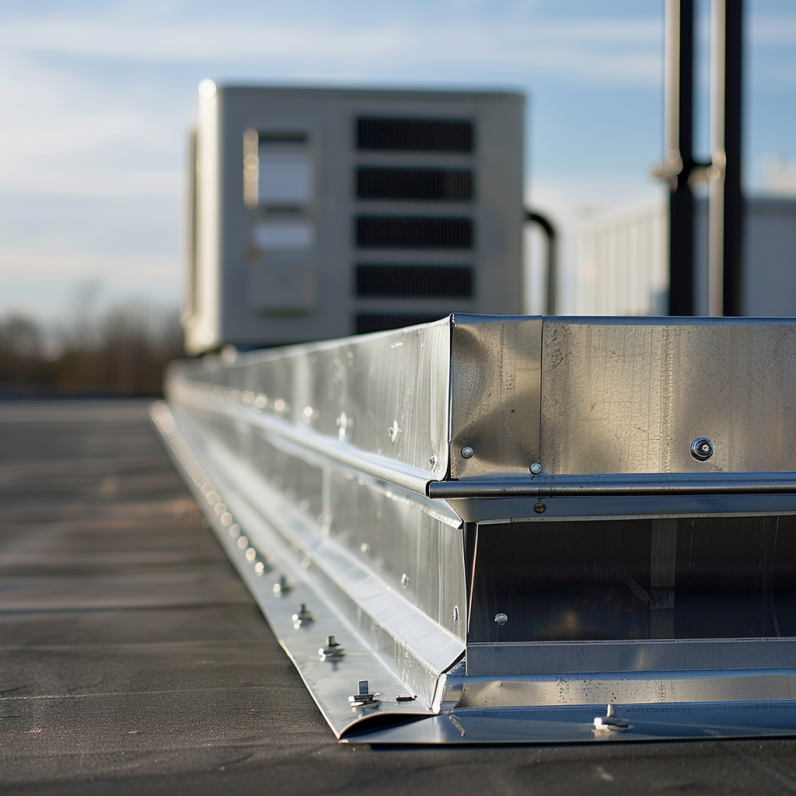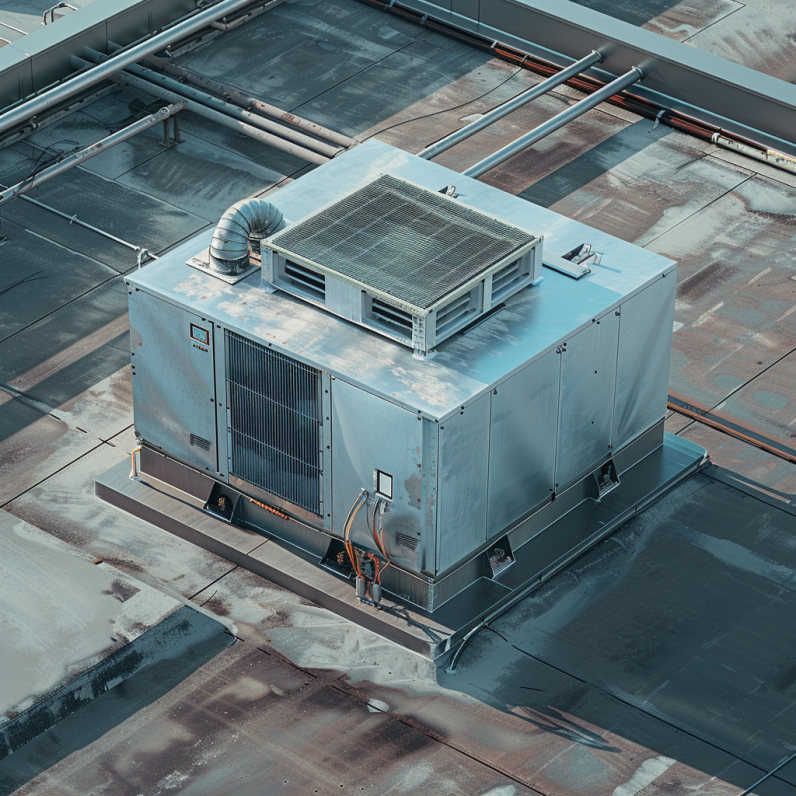
Seismic Roof Curbs Explained
Earthquakes strike with little to no warning and can leave massive damage in their wake. Roof-mounted equipment like HVAC systems can get tossed around as a building sways in an earthquake unless the equipment is properly secured. These specialized components are essential for maintaining the structural integrity and safety of buildings when disaster strikes. While not a major concern for all parts of the country, seismically active regions including the West Coast of North America have to be prepared. Seismic roof curbs are designed to protect from the unexpected.
The integration of seismic roof curbs has become a critical aspect of building design for earthquake-prone regions. Seismic roof curbs are critical, but understanding them can be difficult at first. Exploring their function, the intricacies involved in their calculation and installation, the different types available, and their applications will give you confidence when evaluating different options.
What are Seismic Roof Curbs?
Seismic roof curbs are integral components in modern construction, designed to anchor rooftop structures such as HVAC units and ventilators to help ensure stability during seismic activities. These curbs differ significantly from standard roof curbs in their enhanced ability to absorb and dissipate the forces generated during an earthquake.
Standard roof curbs are strong and rigid which is a dangerous combination during an earthquake. The capability to absorb and dissipate forces is critical for preventing structural damage and ensuring the safety of the building's occupants. The design of seismic roof curbs takes into account various dynamic factors, which makes them a vital feature in earthquake-resistant building designs.
Calculating Seismic Roof Curbs
The process of calculating the specifications for seismic roof curbs is a sophisticated task that requires attention to many different factors. Engineers must consider the geographical location of the building, the seismic activity prevalent in the area, the weight and type of rooftop equipment, and the specific characteristics of the building itself.
This precise calculation ensures that each curb is tailored to provide maximum protection for the building it supports, and conforms to both safety standards and legal requirements. The accuracy of these calculations is paramount, as it directly influences the effectiveness of the seismic roof curb in providing stability and safety during an earthquake. The calculation ensures that the seismic roof curb will be able to dissipate sufficient force during a seismic event to allow seismic-rated equipment (certain HVAC units for example) to be able to survive the event.
Types of Seismic Roof Curbs
Seismic roof curbs come in various types, each designed to cater to specific needs and roof configurations. Light-duty curbs are suitable for smaller equipment by offering an optimal balance of support and flexibility, while heavy-duty options are engineered for larger installations to provide enhanced stability and strength.
The diversity in types allows for application across different building designs and requirements to ensure that each building can be equipped with the most suitable seismic roof curb. This makes them a versatile solution in modern construction that is applicable to a wide range of building types and sizes.
Installation Strategies
Installing seismic roof curbs is a complex process that demands meticulous attention to detail. The installation begins with a thorough assessment of the rooftop and careful placement of the curb. Ensuring a perfect alignment with the building's structural elements is crucial for optimal performance. For a seismic roof curb to function as designed, it must be able to properly transfer loads to the building.
Installers must navigate common challenges such as uneven roof surfaces or complex equipment configurations. Adopting best practices, such as using high-quality materials and following manufacturer guidelines, is essential for ensuring a successful installation. Proper installation is key not only for the curb's performance during seismic events, but also for the long-term durability and maintenance of the rooftop equipment it supports.
Applications of Seismic Roof Curbs

The application of seismic roof curbs extends across various types of buildings, from commercial and industrial complexes to some residential structures. Their role is especially crucial in areas prone to earthquakes, where they provide an additional layer of safety. In commercial buildings, they are often used to secure large HVAC units, while in industrial settings, they might support heavy equipment that is critical to the facility's operations. These real-world examples underscore the versatility and necessity of seismic roof curbs in contemporary building practices.
Regulations and Compliance
Adhering to building codes and regulations is a fundamental aspect of installing seismic roof curbs. The regulations can vary depending on the geographical location and the specific application, and they set the standards for design, installation, and maintenance. Compliance with these standards is not just a legal obligation, it is also a commitment to the safety and resilience of the building. Seismic roof curbs play a significant role in ensuring that buildings meet these stringent requirements to provide peace of mind for both builders and occupants.
Seismic Roof Curbs: Preparation for the Unexpected

Seismic roof curbs are more than just a building component; they are a critical investment in the safety and resilience of a structure.
Metal Form Manufacturing brings decades of expertise to the design and manufacturing of seismic roof curbs. While known for their standard roof curbs, louvers, and dampers, Metal Form Manufacturing provides engineers, architects, and building owners with an array of products to keep their buildings safe and high-performing. Their expertise and range of high-quality products ensure both compliance and quality as a robust solution for building safety.
To learn more about seismic roof curbs for your next project, reach out to the team of experts at Metal Form Manufacturing today!
